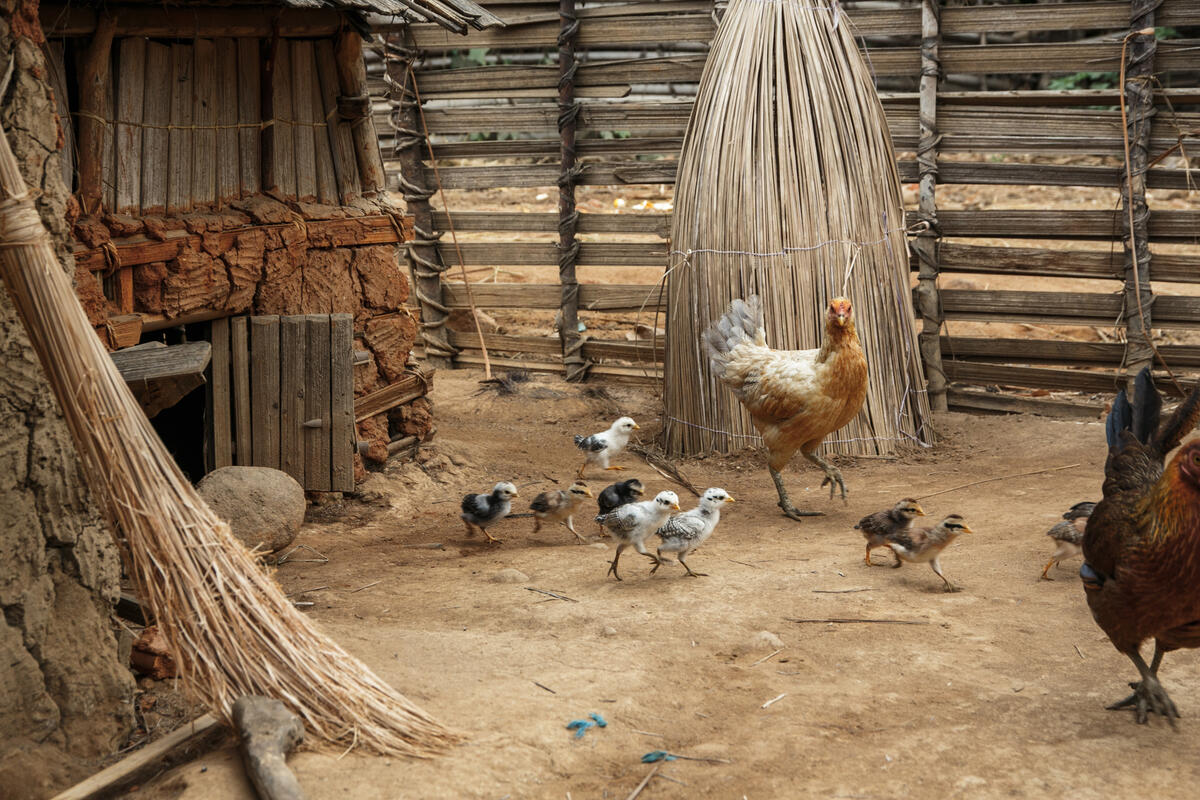Treasurer Daniel Mookhey has handed down the NSW Government’s June Economic Statement ahead of the September Budget.
Treasurer Daniel Mookhey has handed down the NSW Government’s June Economic Statement ahead of the September Budget, shedding further light on the true state of NSW’s finances and the challenges inherited from the former government.
NSW is experiencing a once-in-a-generation cost of living crisis due to rising rents, sky-rocketing mortgages, and increasing electricity bills and food prices on the back of 12 interest rate rises in 14 months.
The Minns Labor Government is working hard to balance the need to support the people of NSW while also making tough decisions about spending.
Since being elected in March, the Minns Government will make $500 available for energy bill relief to around 1.6 million eligible households, has listened to essential workers to deliver the biggest public-sector pay-rise in more than a decade, has abolished stamp duty on first home buyer property purchases up to $800,000 and is preparing to introduce a $60 weekly cap on tolls.
In addressing NSW Parliament on Tuesday, Treasurer Daniel Mookhey provided fresh insights into the Government’s books and the problems left behind from the former Liberal-National government.
These included:
- $25.3 billion of debt planned to be directed into the NGF Debt Retirement Fund
- When the net proceeds of the Debt Retirement Fund are put to one side, the much-touted surplus in 2024-25 turns into a $911 million deficit
- Interest payments are due to rise from $2.5 billion in 2020-21 to $7 billion in 2025-26
- $33.9 billion of new expenditure measures to 2025-26 has been added in just 14 months. This is a faster rise in spending than any government in living memory, except in times of war or emergency
- Around $7 billion of difficult to avoid pressures including a funding cliff facing Cyber Security NSW, out-of-home care and funding for 1,112 healthcare worker jobs
- Funding for TAFE cut by 10 per cent – falling from $2 billion to $1.8 billion for the forward estimates
- A $669 million bail-out required for NSW Government insurance schemes, including $473 million for the Treasury Managed Fund.
- A $30 billion revaluation of government assets which will increase depreciation by hundreds of millions of dollars a year, starting from July.
The former government’s acceleration in spending combined with rising debt levels has also put pressure on the State’s triple-A credit ratings (Moody’s and Fitch), which the Minns Labor Government will address as it continues to assess the State’s finances in the lead-up to the September 19 Budget.
As the largest State in Australia, NSW must do its bit to fight inflation while protecting essential services. Failure to take action risks adding to inflation pressures and consequently higher interest rates.
The Treasurer has indicated his intention to calmly and methodically prepare a strategy that is right for the times.
Treasurer Daniel Mookhey said:
“Today’s Economic Statement is part of the Government’s commitment to addressing the once-in-a-generation cost of living crisis and bringing the State’s spending under control to help curb inflation. Ahead of the September Budget, the NSW Government will continue to assess how we can best spend the public’s money on the public’s priorities.
“Finance Minister Courtney Houssos and I are poring over every dollar the NSW Government spends. Through the Comprehensive Expenditure Review being led by Minister Houssos, we’re focused on doing all we can to fight inflation, support the delivery of the State’s essential services and only direct funding to programs that work.
“The NSW Government is hard at work tackling the cost-of-living crisis so families no longer have to live month-to-month in fear of the next interest rate rise or their next utility bill or their next visit to the supermarket or notice from their landlord.
“There are tough choices ahead. They will not be easy. But they cannot be avoided. Ignoring them means taking the risk that inflation continues to persist; interest rates continue to rise; living standards continue to fall; and the state’s finances continue to deteriorate.”







